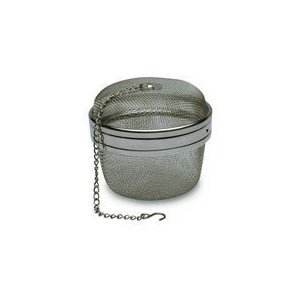wizardofza
Well-Known Member
Peeps-
I was wondering how most of the Therminator users here chill? Do you chill on one pass with the 'Wort Out' on the Therminator going right to the carboy?
Or do you recirculate while chilling with the 'Wort Out' going back to your BK?
I attempted my first whirlpool while using my Therminator and I was originally recirculating but it was disrupting my hop cone that was formed by the whirlpool. That's when it occurred to me that I should just chill using a single pass.
I can't believe it took me this long to figure this out.
But I've seen people recirculating using a Therminator and I'm wondering if there's any positives/negatives in doing this?
I was wondering how most of the Therminator users here chill? Do you chill on one pass with the 'Wort Out' on the Therminator going right to the carboy?
Or do you recirculate while chilling with the 'Wort Out' going back to your BK?
I attempted my first whirlpool while using my Therminator and I was originally recirculating but it was disrupting my hop cone that was formed by the whirlpool. That's when it occurred to me that I should just chill using a single pass.
I can't believe it took me this long to figure this out.

But I've seen people recirculating using a Therminator and I'm wondering if there's any positives/negatives in doing this?





